How To Clean Cracks In Hardwood Floors? Methods & Tips⚡️

Are you frustrated with the unseen gaps in your hardwood floors? We understand the pain of finding practical solutions on “how to clean cracks in hardwood floors?” Being hardwood flooring experts, we have helped multiple homeowners restore the beauty of their floors by providing reliable solutions.
Cracks in hardwood floors can be cleaned by removing loose dirt and debris, applying a cleaning solution followed by scrubbing and wiping it off, or simply vacuuming the deep grooves in the wooden floors.
This article will guide you about the best methods, practical tips, valuable insights, and experts’ advice on cleaning cracks that go beyond the surface-level answer.
Let’s dive into it
Cracks in hardwood floors occur due to a range of factors, including natural expansion and contraction of the wood, humidity fluctuations, wear and tear, moisture changes, and wood’s natural aging. It is essential to clean and maintain these cracks to prevent hardwood floors from further damage.
What To Consider Before Cleaning Hardwood Floors Cracks

It is essential to consider the following factors before you start cleaning cracks and prepare them for the process:
- Analyze the situation of cracks, its size, and level of dirt buildup in them.
- Observe the moisture content of cracks. If you find any water damage sign, adopt the relevant strategy to remove the underlying cause.
- Make sure you are not using excess water during cleaning because it may swell the floors.
- Remove the loose dirt, dust and debris by using a soft toothbrush or vacuuming hardwood floors. This will make the cleaning process more effective.
- Select the right cleaning solution. Wrong selection may cause black streaks to develop in your floors.
Things You’ll Need To Get Dirt Out Of Cracks In Hardwood Floors
Given below is the list of essentials required for cleaning and filling cracks;
- White vinegar
- Warm water
- Mild soap
- Soft microfibre cloth or sponge
- Toothbrush
- Vacuum cleaner
- Bucket
- Putty knife
- Cleaning solution
- Wood fillers
- Sandpaper
3 Best Methods For Cleaning Cracks in Hardwood Floors
There are several effective cracked hardwood floors cleaning methods depending on the size and severity of the cracks. Here are some of the helpful and practical methods:
1. Mild Soap and Water Solution
- Remove the loose dirt and debris from cracks by using a soft toothbrush.
- Make a DIY floor cleaning solution by mixing a few drops of mild soap with warm water.

- Dip a soft cloth or sponge into the solution and wring excess moisture
- Gently wipe the cloth or sponge along the cracks ensuring the cleaning solution penetrates the gaps properly.
- Mope the floor and wipe away any residue with a clean, damp cloth and allow the floor to air dry.
2. Vinegar and Water solution
- Mix equal parts of white vinegar and water in a spray bottle. Shake the bottle well to ensure the solution is thoroughly mixed.

- Use a soft brush or a vacuum cleaner with a brush attachment to clear the cracks from stuck debris.
- Spray the solution directly in the cracks. Make sure to dampen the cracks without affecting surrounding wood.
- Allow the solution to sit on the cracks for a few minutes to loosen dirt and grime.
- Use a soft-bristle brush or a microfiber cloth to scrub the cracks gently. Be careful not to apply excessive force which could damage the wood.
- Dampen a clean cloth with plain water and remove any residue from the cleaning solution. Make sure to remove all traces of vinegar.
- Use a dry cloth or let the floor air dry completely before walking on it.
Remember, It is important to test the solution on a small area of the floor before applying it to the entire crack. This will ensure that the vinegar solution does not cause any damage or change the color of hardwood floors.
You can also use ready made floor cleaning solutions available in the market.
3. Vacuum Cleaning
- Select a suitable vacuum cleaner with a floor brush attachment that can effectively reach the cracks. These attachments depend on the size and depth of the cracks.
- Prepare the area by clearing any loose debris or objects from the cracks to ensure perfect cleaning.
- Set the vacuum cleaner’s suction power to a moderate level to avoid causing any damage to the wood surface.

- Start by gently vacuuming and move back and forth over the entire cracks.
- Check the cracks to ensure they are clean. If any dirt or debris remains, repeat the process until the cracks are completely clean.
Avoid using vacuum cleaners with rotating brushes directly on the floor surface. Be gentle and cautious while cleaning the cracks to prevent any damage to the wood. If you don’t have any floor attachment for your vacuum cleaner, switch it to “hard floors” settings. This will turn off its rotating beat and protect your floors from scratches.
Helpful Ways To Keep Hardwood Floors Cracks Clean
Taking preventive measures and providing protection to the area after cleaning will help your cracks remain dirt free for a longer time. Given below are some of the helpful cracks cleaning and maintaining solutions:
1. Regular Cleaning Of Floors

Take out some time every week to properly dust mop your floors focusing on cracks. Clean the floors as soon as something spills on it or you notice any stain. It is also suggested to deep clean your hardwood floors biannually. Regular cleaning will keep wooden floors cracks clean.
2. Using Rugs & Mats
Placing rugs and mats on your floors creates a barrier that captures dirt, dust, and debris before they reach the cracks. They also absorb moisture, reducing the risk of water seeping into the cracks and causing warping or discoloration. Regularly cleaning the rugs and mats ensures the continuous trapping of dirt and debris, preserving the cleanliness and longevity of your hardwood floor cracks for years.
3. Installing Humidifier

In dry weather hardwood floors expand and contract and cracks occur. Humidifiers regulate the moisture levels in the air. Installing them in dry areas is a helpful strategy to fill the cracks, ensuring the long-lasting beauty and durability of your hardwood floors.
These were some of the preventive measures for minimizing cracks in hardwood floors. However, if cracks occur, you need to fix them as early as possible.
4. Filling Cracks
Filling cracks is the most practical and long lasting way of keeping your floors clean for a longer time. Given below are some of the best practices for sealing cracks in wooden floors:
1. Apply Wood Filler
Wood filler is a common option for filling small to medium-sized cracks in hardwood floors. It comes in different shades. Choose the one that matches the color of your floors. Apply it in the cracks using a putty knife. Once dried, sand the area, and cracks will be filled.
According to Research, wood fillers also shrink depending on the level of humidity.
2. Using Epoxy Resin
Epoxy resin is a durable and long-lasting solution for filling cracks in hardwood floors. It is beneficial for larger or deeper cracks. Mix the epoxy with glue according to the manufacturer’s instructions and apply it to the cracks using a putty knife. After drying, sand the epoxy for a smooth and seamless finish.
3. Wood Putty

Wood putty is similar to wood filler but has a thicker consistency. It is pressed into the cracks, smoothed out with a putty knife, and then sanded to achieve a flush surface.
4. Sawdust And Glue Mixture
This method involves mixing fine sawdust from the same type of wood as your hardwood floor with wood glue. Apply the resulting paste to the cracks and allow them to dry. Once dried, sand for a uniform appearance.
5. Rope Or Cord Filler
Rope or cord filler is a traditional method for filling wider gaps or expansion joints in hardwood floors. Natural fiber ropes or cords are pressed into the gaps and trimmed to fit. Wood filler or putty seals the top surface for a smooth finish.
Being flooring experts, we recommend testing the chosen filler on a small area first for safe results.
Conclusion
Cleaning cracks is important for maintaining beauty and durability of hardwood floors. By following the above mentioned techniques, you can effectively clean the gaps to prevent further damage. Analyze the condition of grooves in your floors, choose the appropriate cleaning method, and protect the area to minimize future cracks.


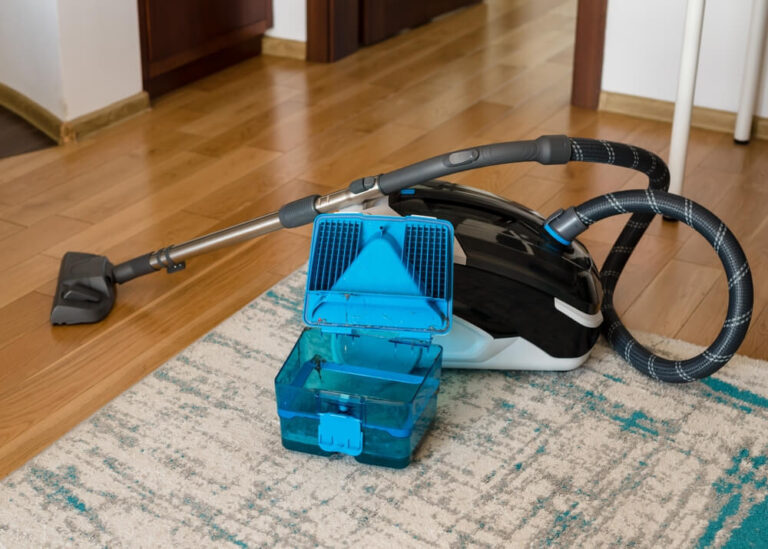
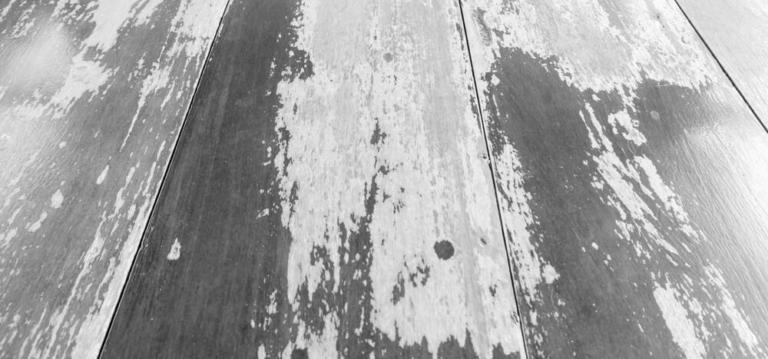
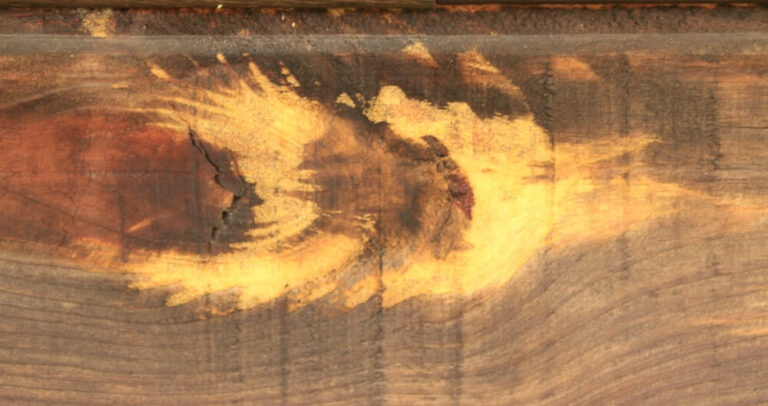
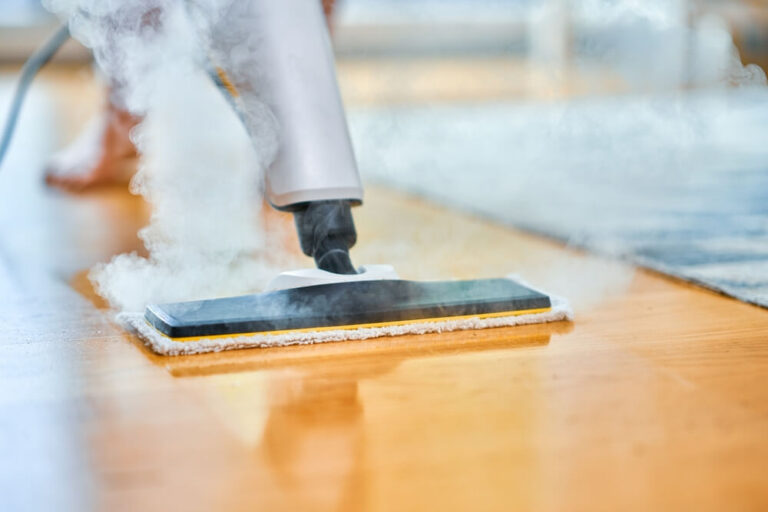
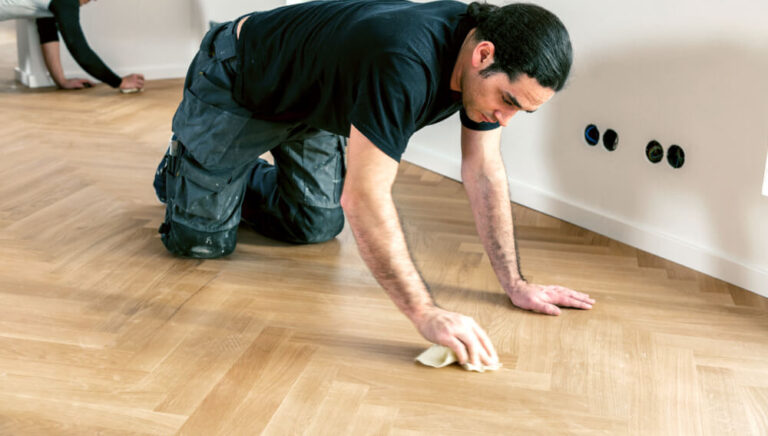

5 Comments